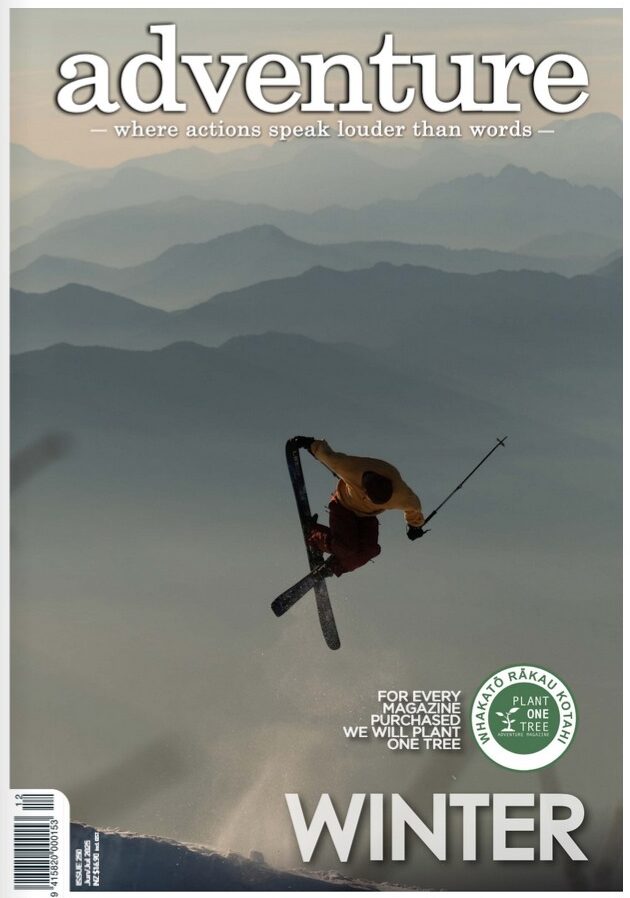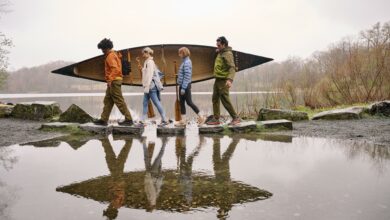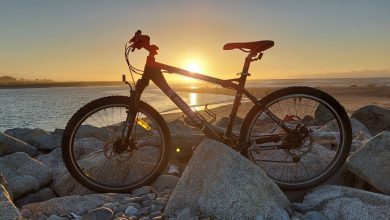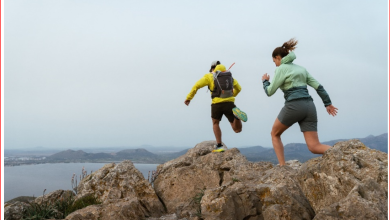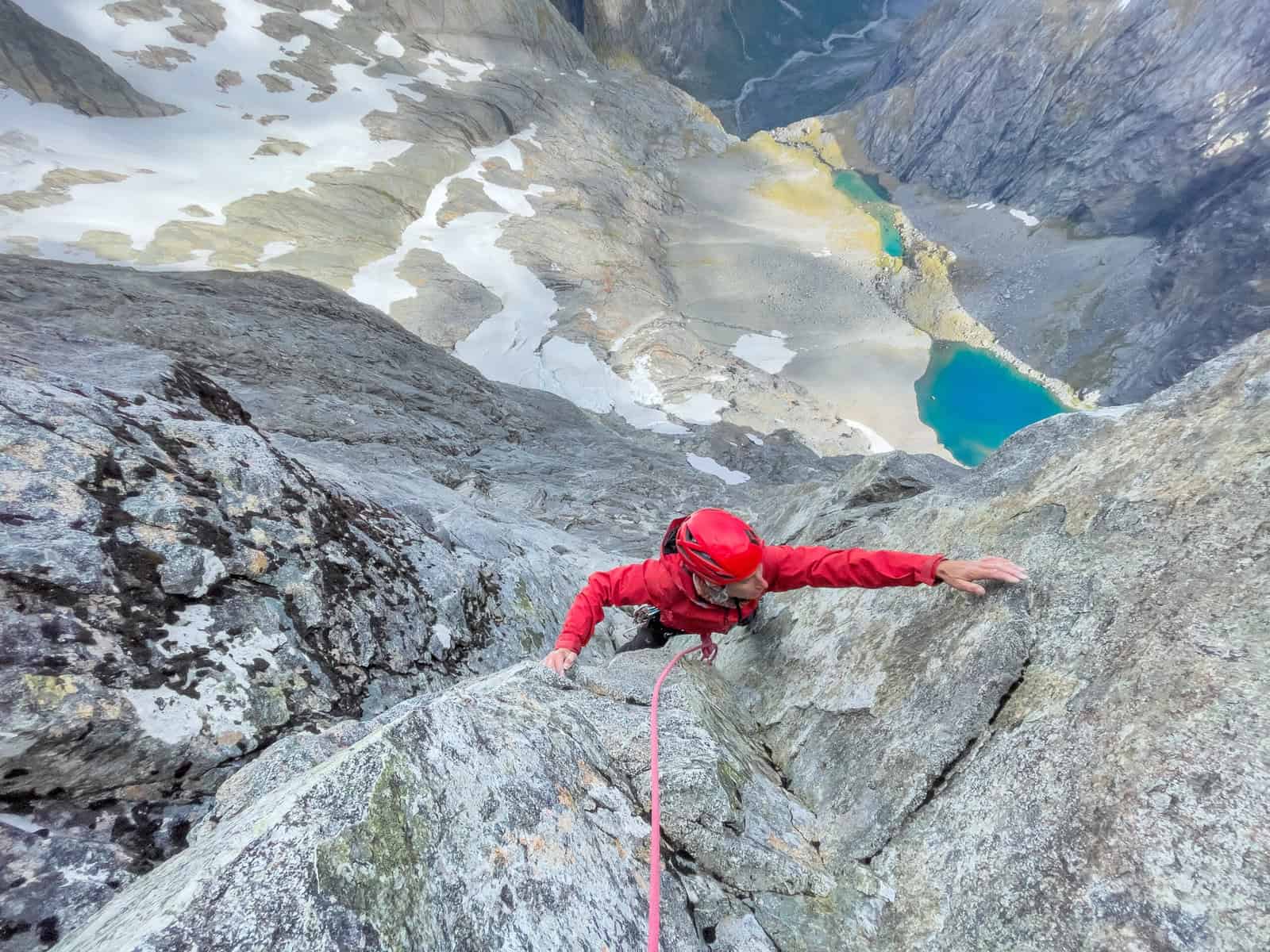
Words and photos by Derek Cheng from issue 150
The hard climbing was behind us. With three pitches to the summit ridge, I pulled my climbing shoes on but didn’t bother with the laces.
One steeper but supposedly easy section remained on the Fisher-McLeod, a classic route on the even-more classic south face of Sabre, in northern Fiordland. But the overlap, I belatedly realised, has minimal footholds. This is smooth terrain where you really need to push your sticky-rubber shoes into the rock to maximise friction.
As I traversed across to a prow leading through the overhang, the panic-alarm in my head shuddered to life as my feet started slipping. I pushed them harder into the rock, but this only lifted my heels more, making my connection to the rock increasingly tenuous.
My last piece of protection was several metres below me. A fall here would be horrific. A big hold on the prow was almost within reach.
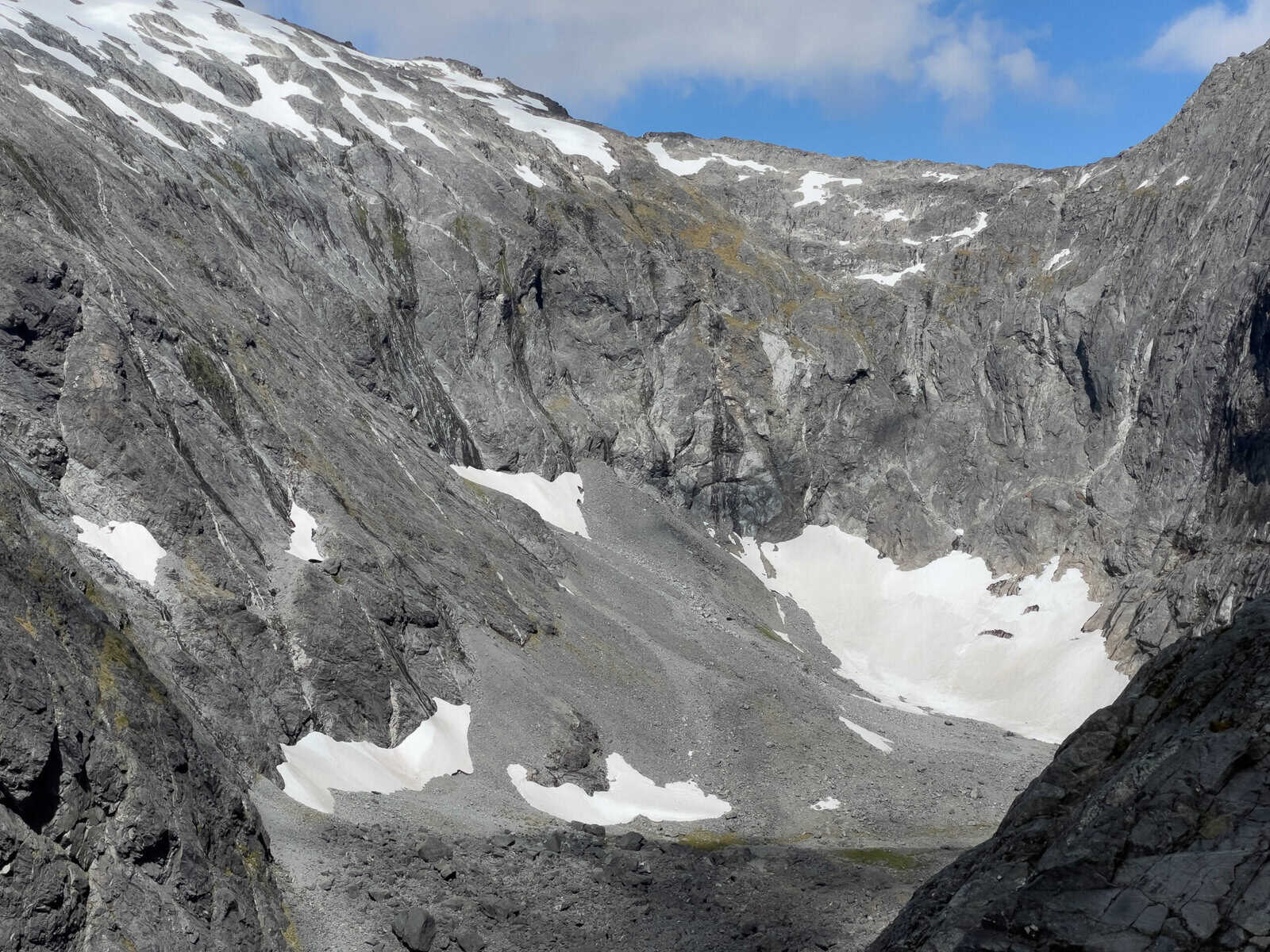
“New Zealand’s best rockclimbing peak,” is how climbing legend Murray Jones described Sabre, after pioneering several routes to the summit. “Its history is perhaps in character, given that the difficulties faced by the early explorers still exist today: remote location, heavy rainfall, difficult access down steep tussock slopes and sheer rock walls.”
The sheerness perhaps explains why Sabre took longer to conquer than more remote peaks in the Darrans range; climbing it requires more than simply walking up a low-angle slope. Indeed, it was the use of rubber gym shoes instead of nailed mountaineering boots that enabled the first ascent, in 1954, via the East Ridge, which is today the standard way down.
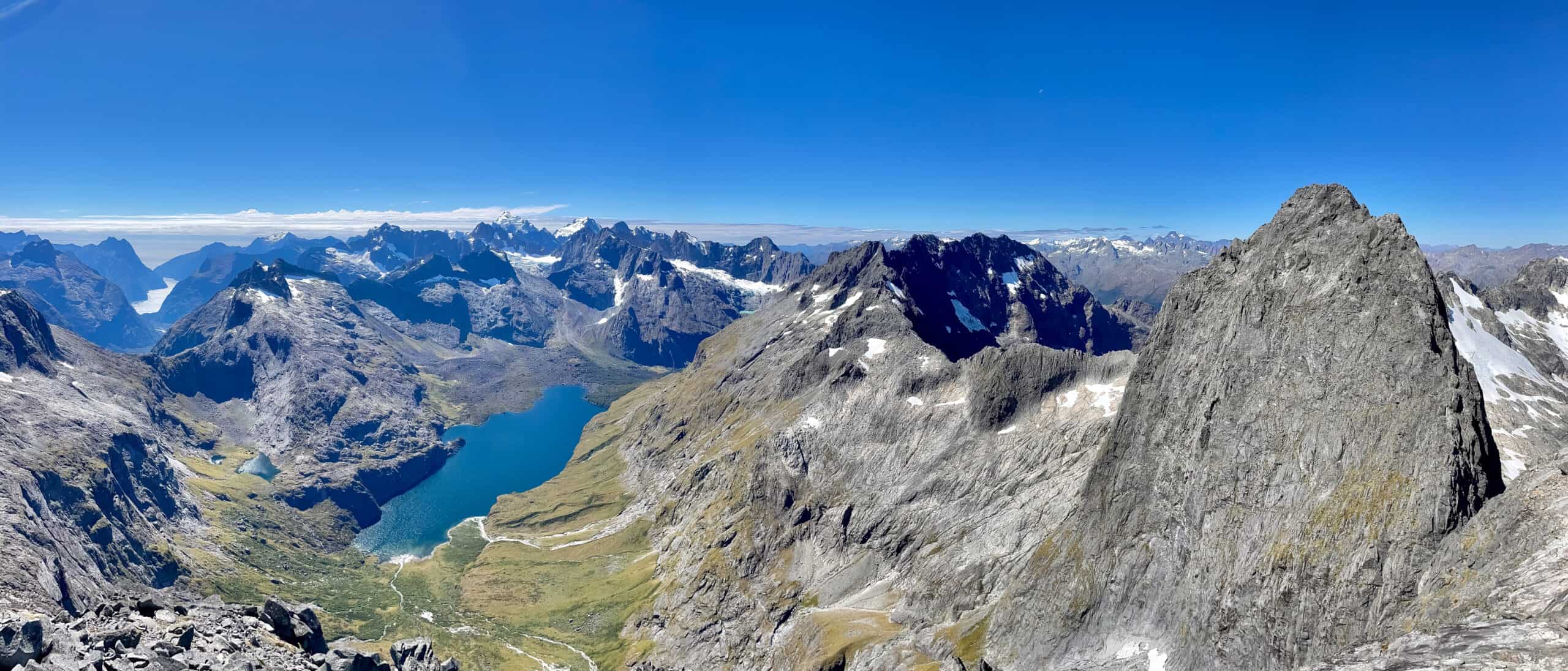
Bryce Wood, Dal Ryan and Bill Gordon had gained the ridge from the col between Sabre and Adelaide Peak. “All were conscious of a slight hollowness within and a clamminess of the hands, nor were feelings assuaged by several abortive attempts up chutes and ribs,” wrote Wood in the 1955 NZ Alpine Journal (NZAJ).
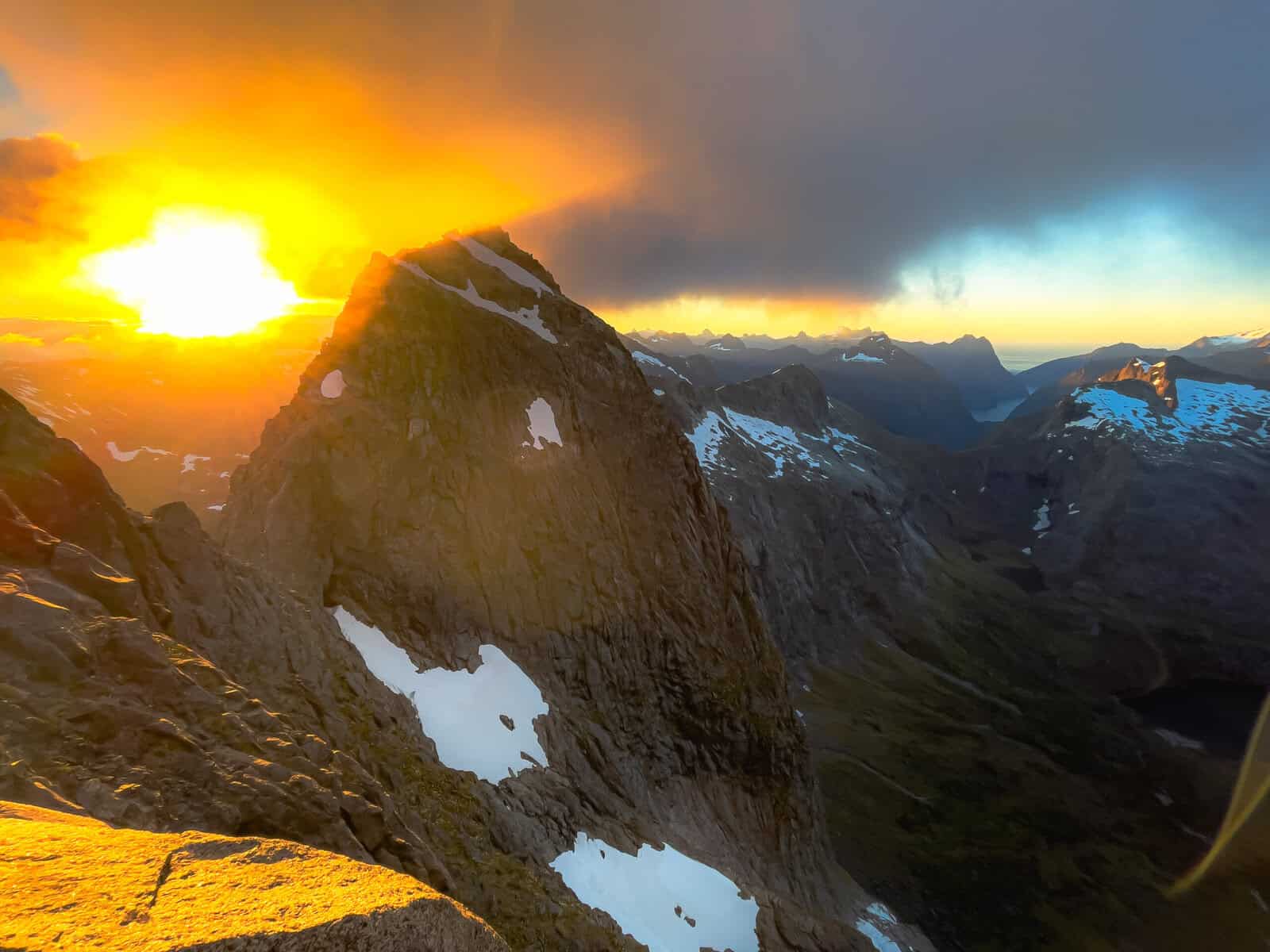
Their bid would have failed were it not for a “narrow blade-like ledge” that allowed them to move higher. “We are almost certain that this pitch could not be negotiated in nailed boots, nor perhaps even with conventional rubbers, and were pleased at our decision to use gym-shoes.” The rest of the ridge was relatively straight forward, including climbing past a “monstrous gendarme” that, today, climbers look for as a sign they’re on the right descent.
Read the full story in issue 150 online HERE
